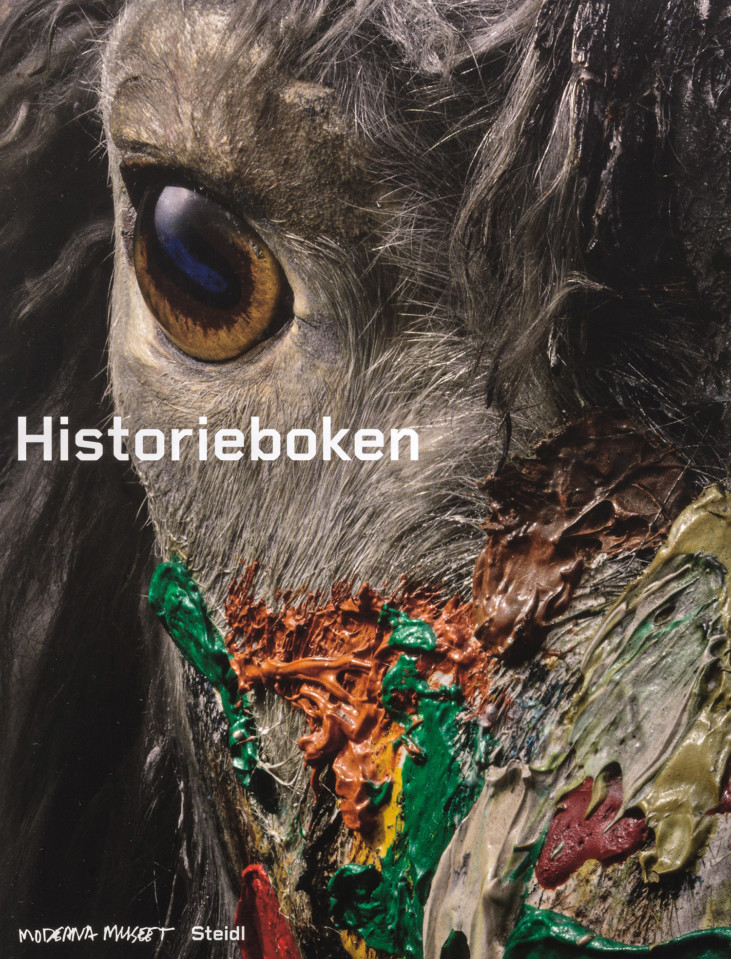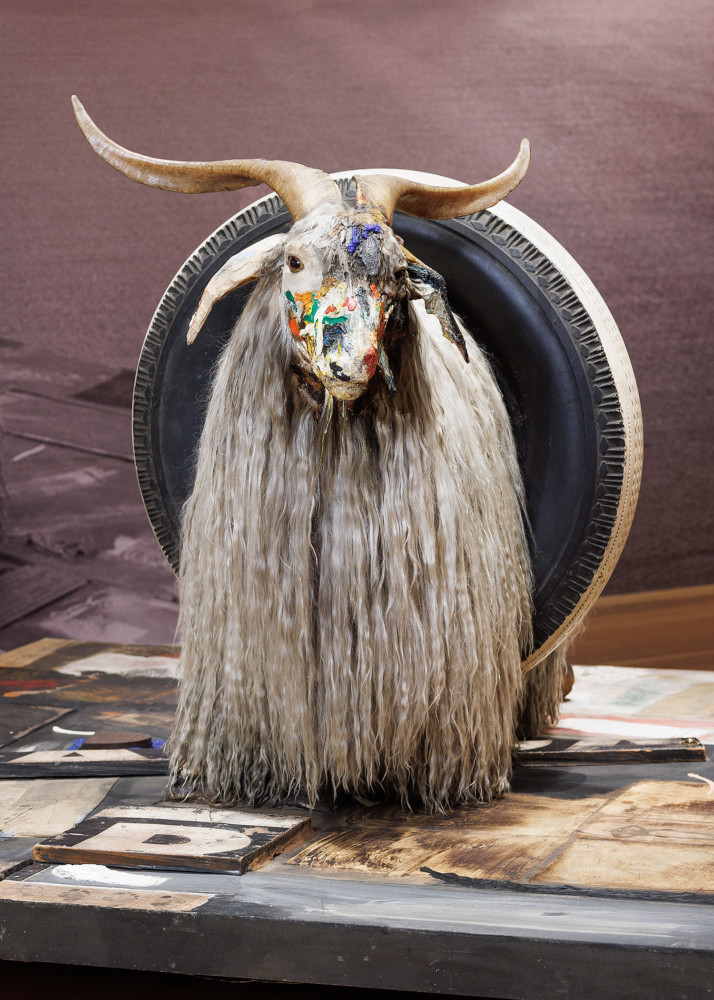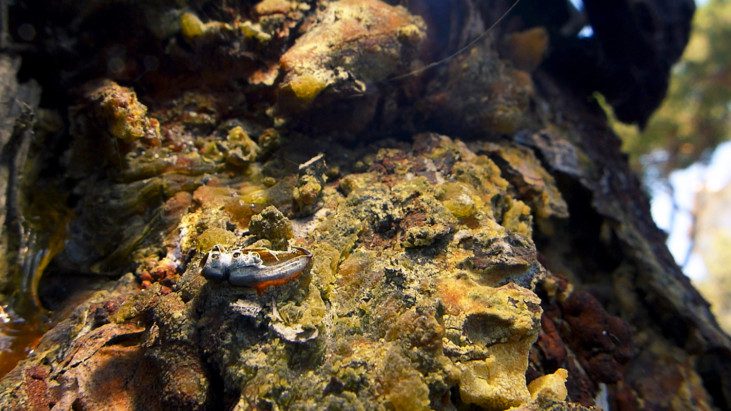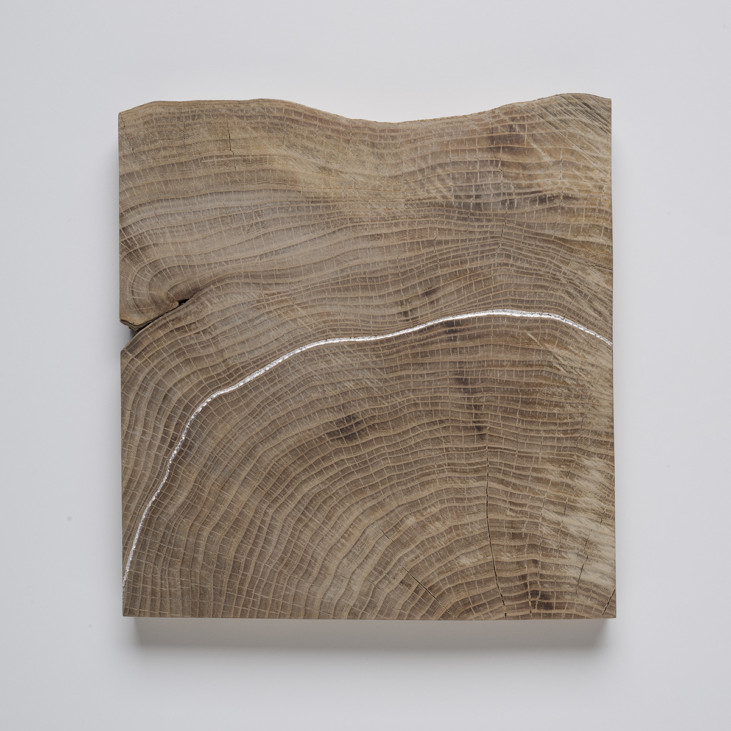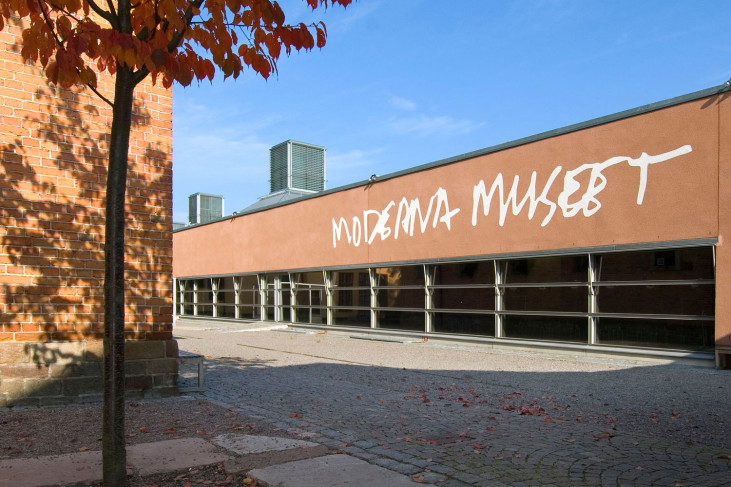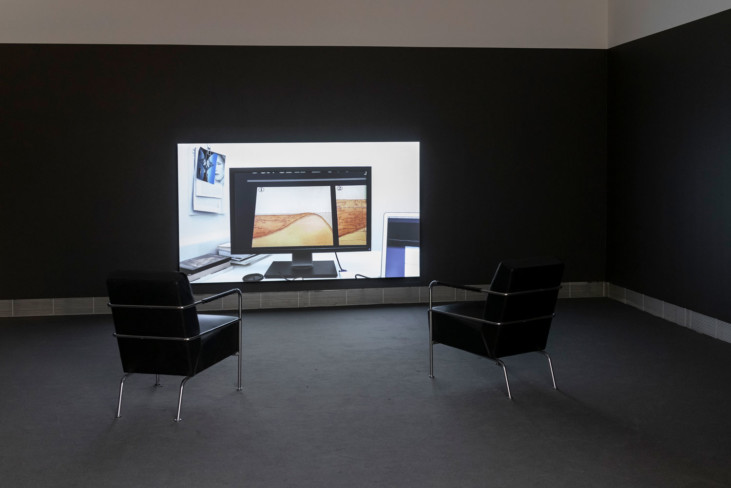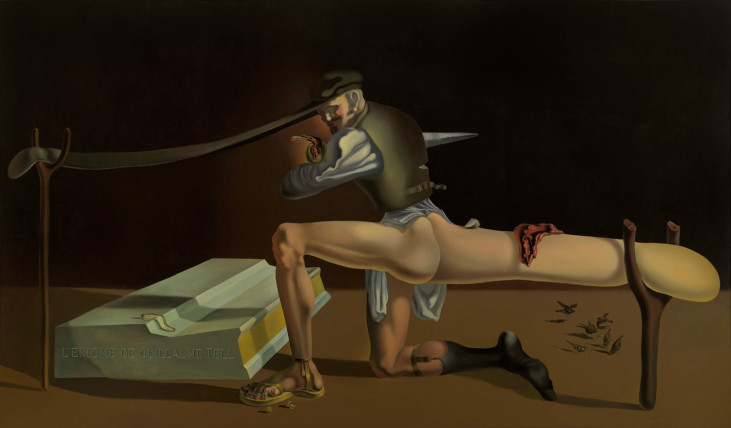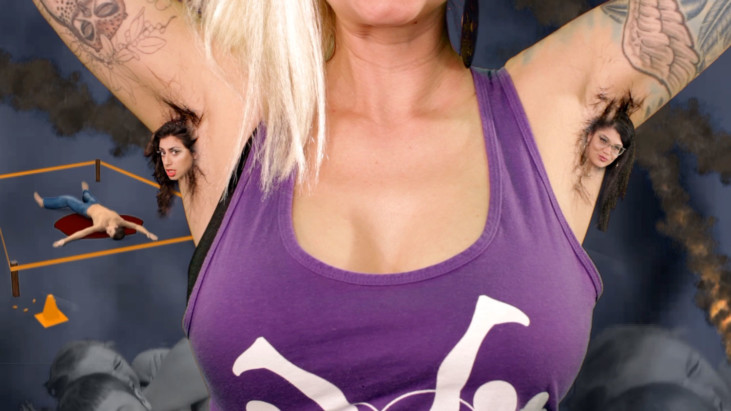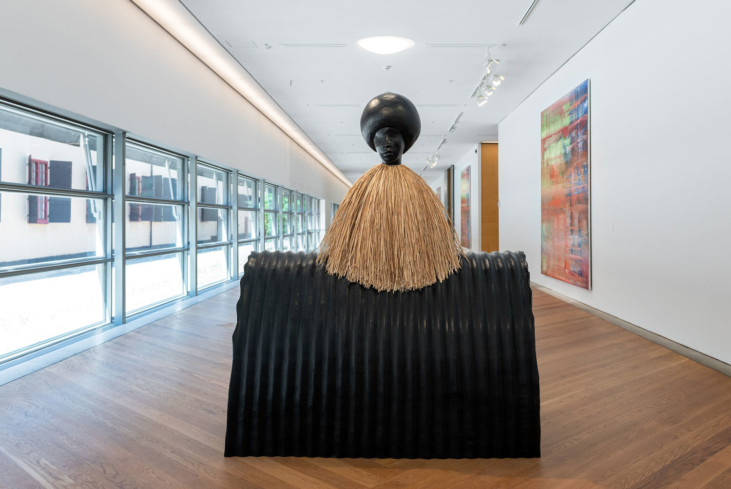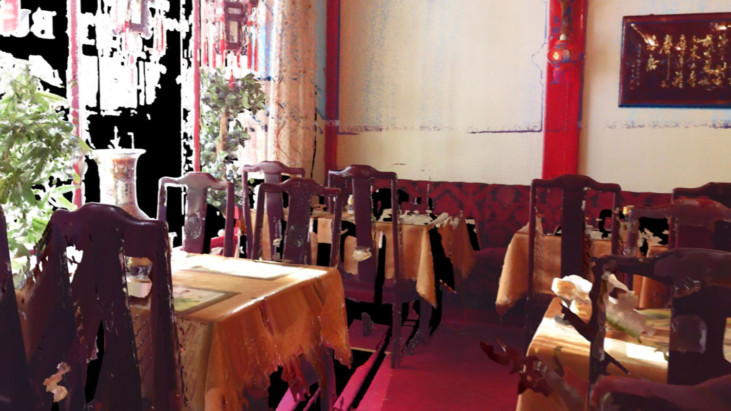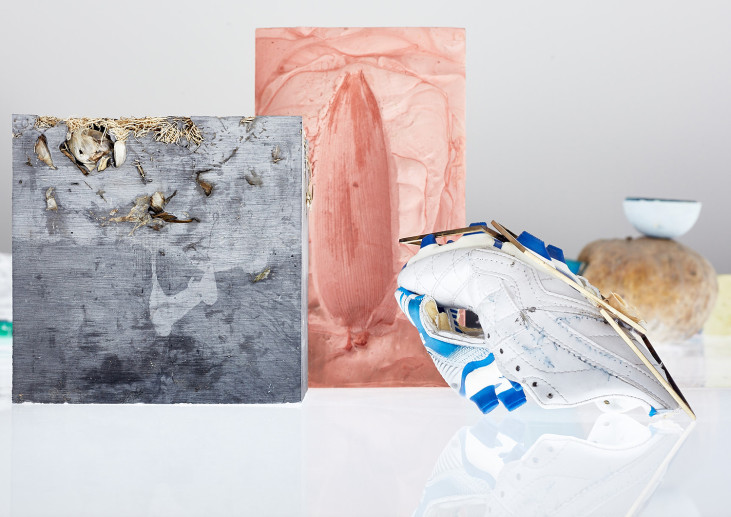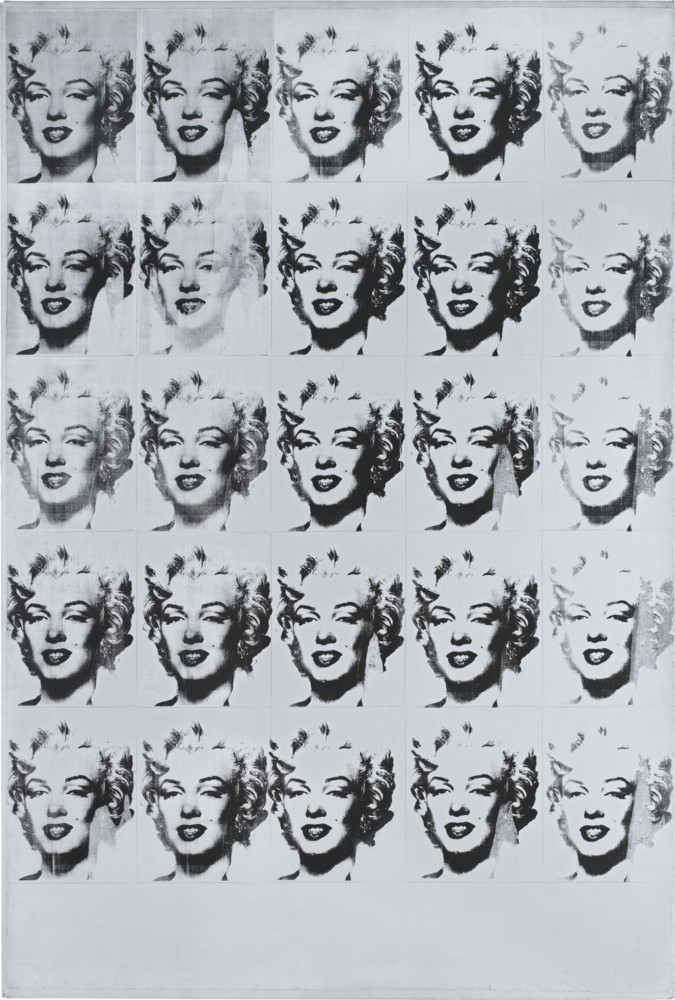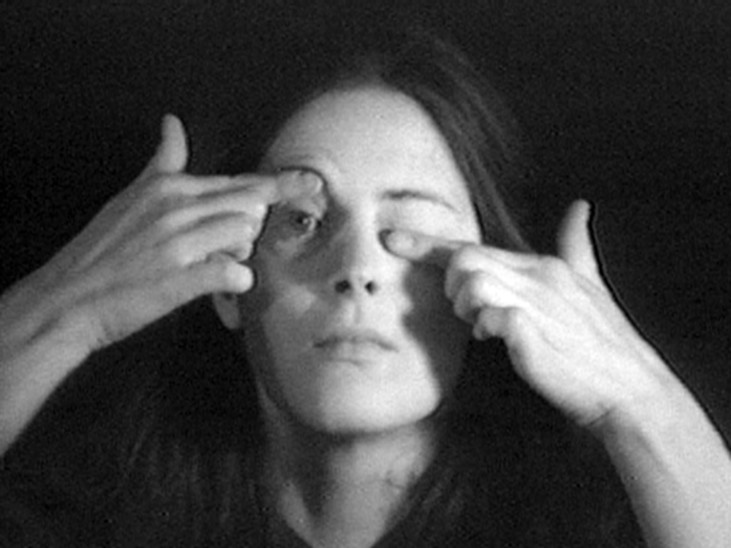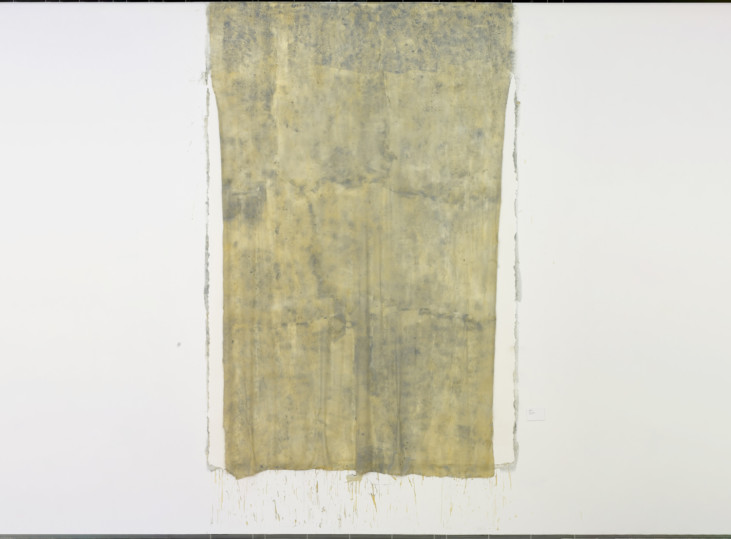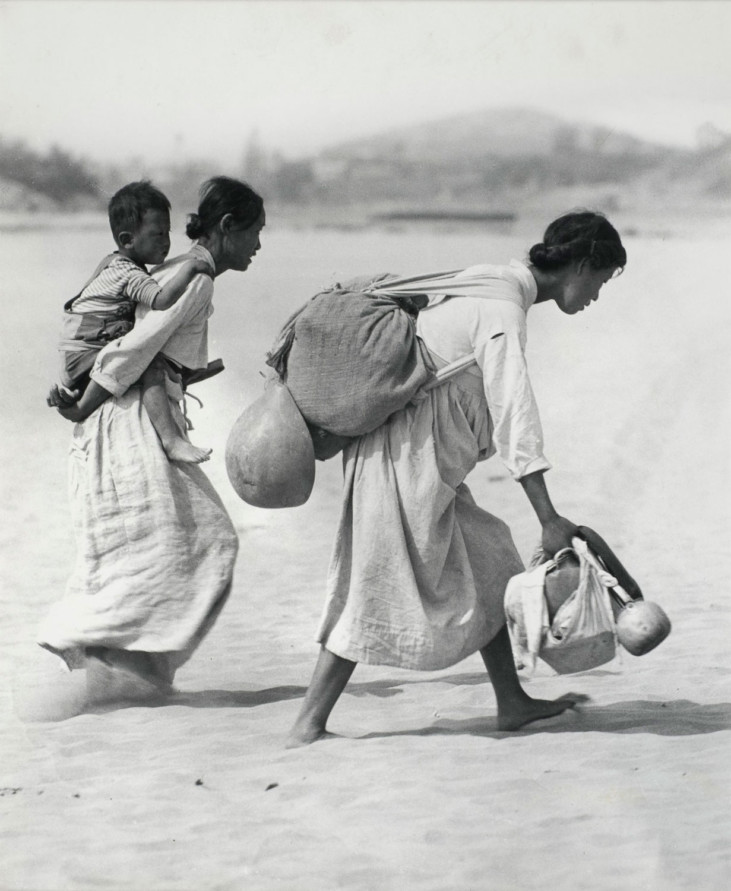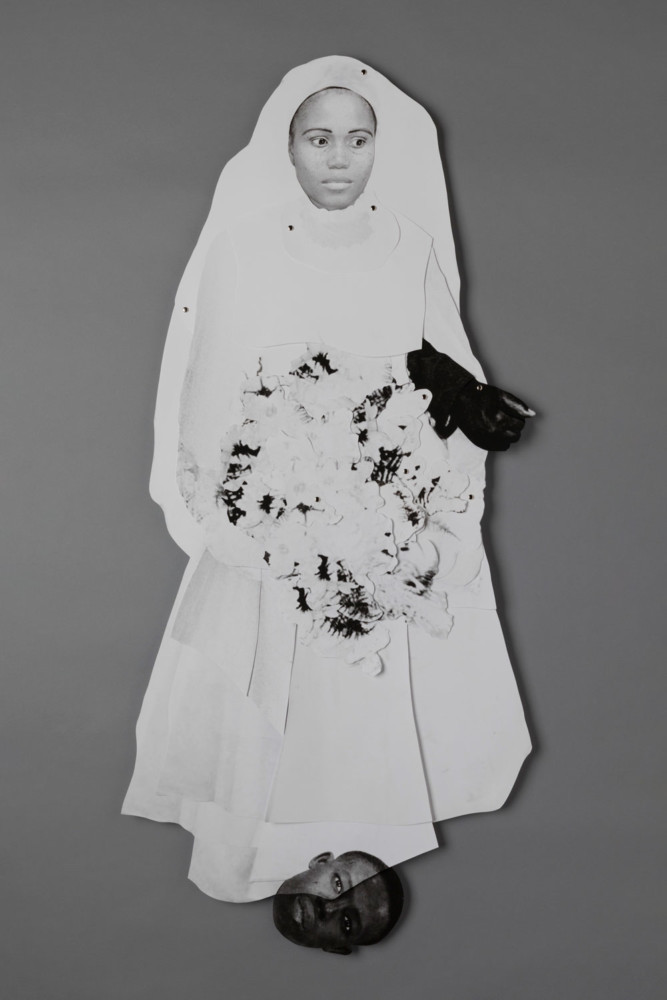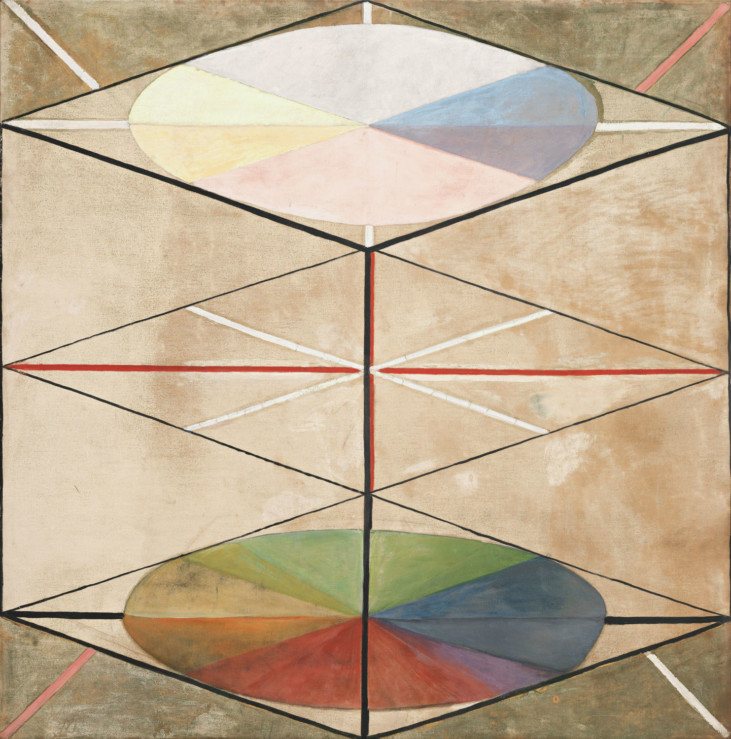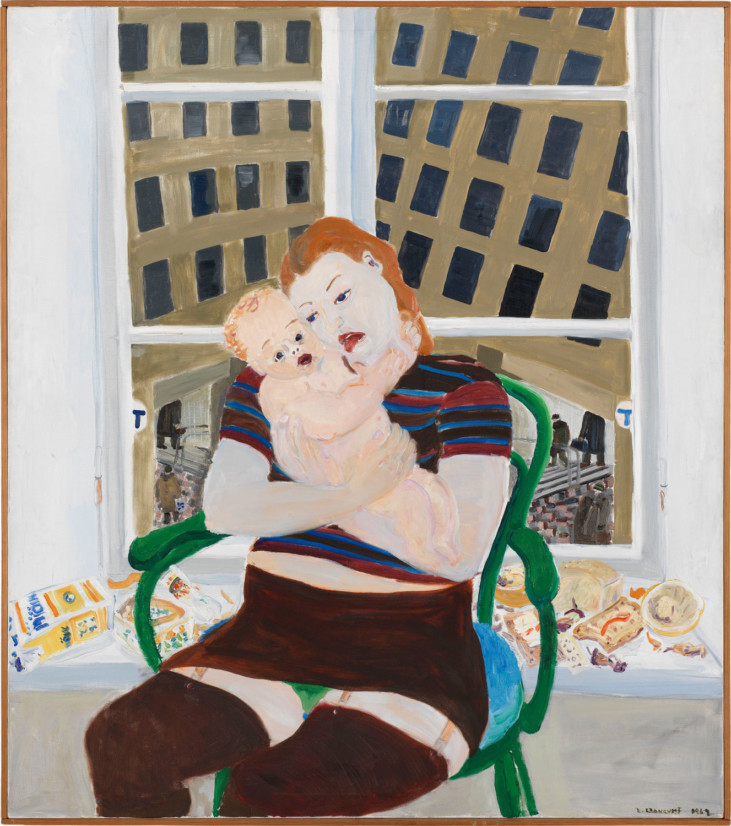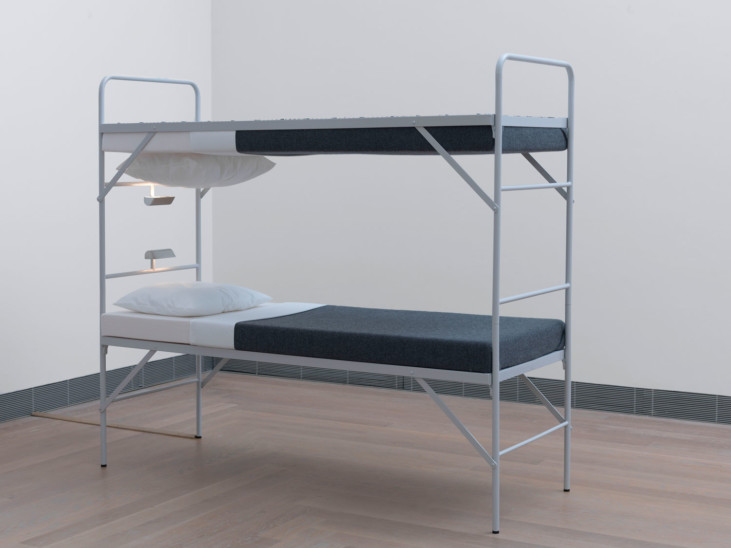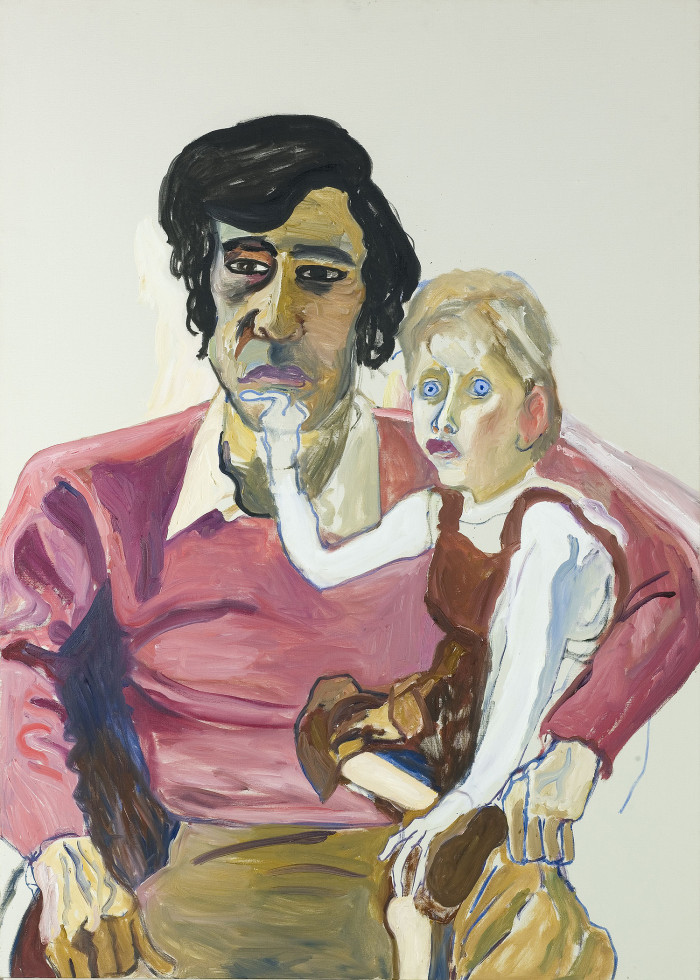
Alice Neel, Don Perlis and Jonathan, 1982 © Estate of Alice Neel/Moderna Museet. Acquired with funds from the Second Museum of our Wishes.
9.11 2010
The Second Museum of Our Wishes: Alice Neel
After a time she became tired of the artist’s ghetto and in 1938 she moved uptown to Spanish Harlem. While there, she painted acquaintances and neighbours as well as street scenes. In later years, she would return to painting portraits of people in the art world, although she never abandoned her interest in political activists.
Neel’s early paintings were infl uenced by European artists such as Edvard Munch and took her in the direction of expressionism and the new objectivity. Although her painting changed and developed during her long career, her main interest remained: people. She described herself as a “collector of souls”, but in her way of portraying people and sometimes their environment she was simultaneously able in a peculiar way to capture the Zeitgeist. For long periods, her choice of subject matter kept her outside the avant-garde movements and the international art scene.
Despite setbacks and personal tragedies, she never stopped painting. In the 1960s and 70s, when fi gurative painting once again became popular, Neel was hailed as a forerunner of the genre, not least because of her portraits of contemporary artists and intellectual elites, such as the poet Frank O’Hara and the artist Andy Warhol.
Neel never painted on demand, which gave her the freedom to paint what she found interesting about her models rather than what would fl atter them. Her social engagement ran parallel to her psychological and humanistic interest in people. For a time she was active in groups such as the Artists’ Congress and the Public Works of Art Project, and she had sporadic contacts with the Communist Party. As a result, she became the subject of an investigation during the McCarthy era in the 1950s.
Mr. Greene is an early portrait of Neel’s painted in 1938. His keen eye seems to be looking straight through the viewer, his smile a bit absent. Neel painted neighbours, friends and children during this period. Today, we know little about her subjects. At least Mr. Greene has a name.
Don Perils and Jonathan came in 1982 at the end of Neel’s life. The motif is unusual in that it depicts a father with his son. Mother and son together is a more common combination that arouses associations with Madonna images. But, as in several other paintings, Neel breaks with tradition and goes against stereotypes and conventional thinking. One example is her depiction of a male museum curator as a naked Olympia. In Don Perils and Jonathan, little Jonathan is obviously ill. Neel shows him as fragile, held in the embrace of Don Perils, a presentation that characterizes the humanistic engagement in Alice Neel’s oeuvre.
Alice Neel born 1900, Meiron Square, Pennsylvania, USA – dead 1984.
Read about The Second Museum of Our Wishes
Published 9 November 2010 · Updated 15 February 2016

